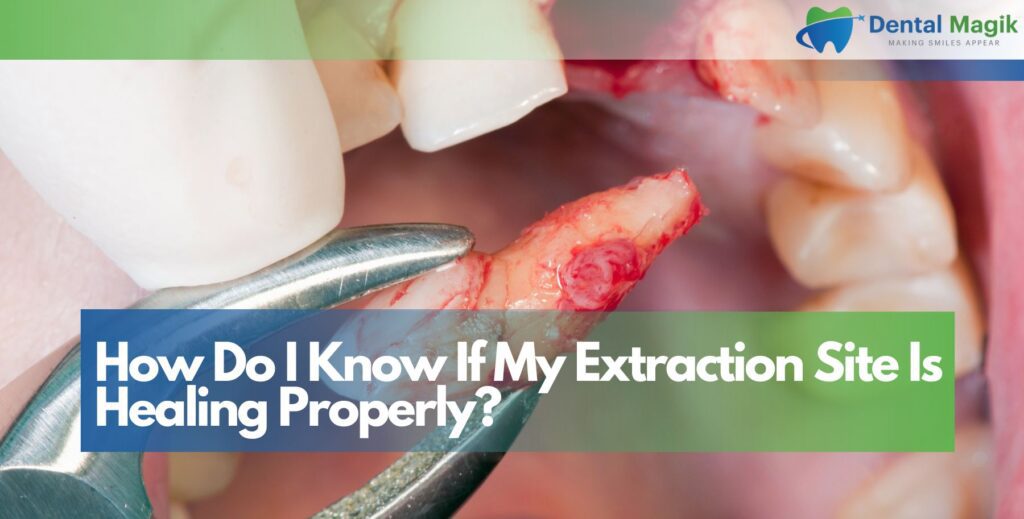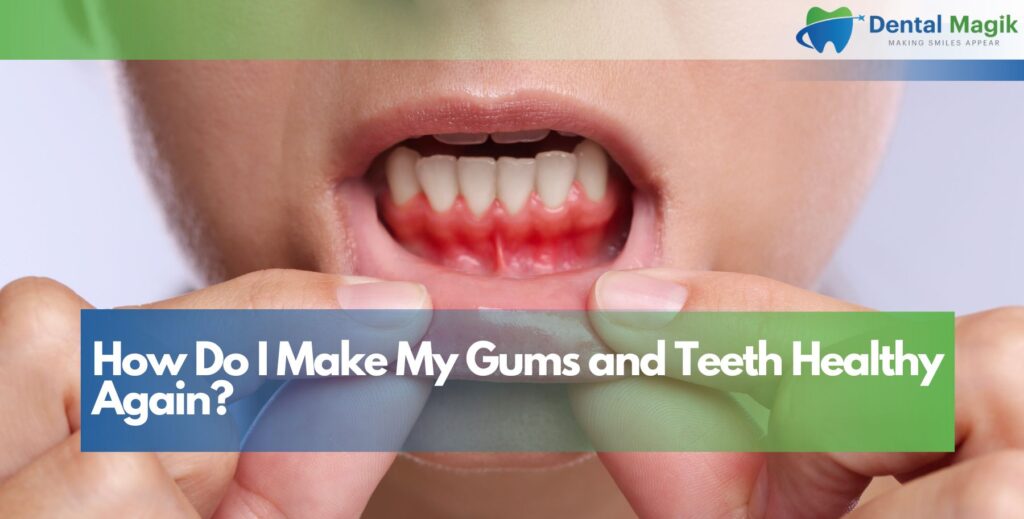When it comes to dental procedures, few treatments trigger as much anxiety as a root canal. The mere mention of these two words can make many patients uncomfortable, leading them to delay necessary treatment. However, much of this fear stems from persistent myths and misconceptions rather than reality.
Modern endodontic treatment has evolved dramatically over the years, yet outdated beliefs continue to circulate. This article will debunk the most common myths about root canal therapy and provide you with accurate information to make informed decisions about your dental health.
What Exactly Is a Root Canal Treatment?
Before tackling the myths, let’s understand what a root canal procedure actually involves.
A root canal is a dental treatment designed to eliminate bacteria from the infected root canal, prevent reinfection, and save the natural tooth. When the pulp inside your tooth, which contains nerves and blood vessels, becomes infected or inflamed due to deep decay, repeated dental procedures, cracks, or trauma, a root canal becomes necessary.
During the procedure, an endodontist or dentist:
- Removes the infected or inflamed pulp
- Carefully cleans and shapes the inside of the root canal
- Fills and seals the space
- Places a crown or other restoration on the tooth to protect it and restore full functionality
This procedure allows you to keep your natural tooth rather than having it extracted, which is always the preferred option in dentistry when possible.
Myth #1: Root Canal Treatment Is Extremely Painful
Perhaps the most pervasive myth about root canals is that they are exceptionally painful. This misconception likely originated decades ago when dental techniques and anesthesia were less advanced.
The truth: Modern root canal procedures are virtually pain-free. With today’s advanced techniques, equipment, and anesthetics, having a root canal is often no more uncomfortable than getting a routine filling. In fact, a study published in the Journal of Endodontics found that patients who anticipated severe pain from root canal therapy were six times more likely to report pain than those who didn’t expect it—suggesting that anxiety about the procedure may be worse than the actual experience.
Most patients report:
- Immediate relief from the severe pain caused by the infected tooth
- Minimal to no discomfort during the procedure itself
- Manageable, mild soreness for a few days after treatment
As many board-certified endodontists explain: “Root canals don’t cause pain—they relieve it. The procedure itself is performed under local anesthesia, meaning the area is completely numb. What patients feel after a root canal is not pain from the procedure but the body’s natural healing process addressing the infection that was already there.”
Myth #2: Root Canals Cause Illness Throughout the Body
A particularly harmful myth suggests that root canal-treated teeth can cause systemic diseases elsewhere in the body. This misconception stems from poorly designed research conducted nearly a century ago, before modern medicine understood the causes of many diseases.
The truth: There is no valid scientific evidence linking root canal-treated teeth to disease elsewhere in the body. This myth originated from research conducted by Dr. Weston Price in the early 1900s. His work has been thoroughly debunked by modern research methods, the American Association of Endodontists, and other professional organizations.
Contemporary research published in the Journal of the American Medical Association and other peer-reviewed publications has found:
- No connection between root canal therapy and cancer or heart disease
- No evidence supporting the theory that toxins leak from root canal-treated teeth
- Patients who received endodontic treatment had a reduced risk of certain systemic conditions compared to those who had teeth extracted
Researchers at the National Institute of Dental and Craniofacial Research state: “The focal infection theory has been thoroughly disproven by decades of scientific research. Root canal treatment eliminates infection, it doesn’t cause it to spread throughout the body.”
Myth #3: Extraction Is a Better Option Than a Root Canal
Some patients believe that extracting a problematic tooth is better than preserving it through root canal therapy. This myth often goes hand-in-hand with misconceptions about root canal-treated teeth causing illness.
The truth: Saving your natural teeth, whenever possible, is almost always the best option for your oral health. While tooth extraction may seem like a simpler solution, it actually leads to a cascade of consequences:
- Bone loss in the jaw where the tooth root once was
- Shifting of neighboring teeth into the empty space
- Increased difficulty with chewing and proper digestion
- Potential changes to facial structure over time
- Need for additional procedures like implants or bridges
A study in the International Endodontic Journal found that teeth that received proper endodontic treatment can last a lifetime, with success rates up to 98% for certain types of teeth.
The American Association of Endodontists emphasizes: “Nothing functions quite like your natural tooth. Even the most advanced dental implants cannot completely replicate the natural relationship between your tooth, jawbone, and surrounding tissues.”
Myth #4: Root Canals Require Multiple, Time-Consuming Appointments
Many people believe that getting a root canal means committing to numerous, lengthy dental appointments that will disrupt their schedule.
The truth: Most root canal procedures can be completed in one or two appointments, depending on the specific case. Simple cases can often be resolved in a single visit lasting 60-90 minutes. More complex cases might require two visits, but this is primarily to ensure thorough treatment rather than due to the difficulty of the procedure.
Modern dental practices have streamlined the process with:
- Digital radiography for faster and more precise imaging
- Rotary instruments that clean canals more efficiently
- 3D imaging technology to visualize the entire root structure
- Improved techniques that allow for more thorough cleaning in less time
In some cases, a separate appointment is needed for the final restoration (usually a crown), but the root canal procedure itself is typically completed efficiently.
Myth #5: Root Canal Treatment Results Are Temporary
Some patients worry that after enduring a root canal procedure, the results will be short-lived, requiring additional treatment or eventual extraction anyway.
The truth: Properly performed root canal therapy has an extremely high success rate, with treated teeth often lasting a lifetime. According to data from the American Association of Endodontists, the success rate for root canal treatments is approximately 95% when performed by specialists.
Factors that contribute to the long-term success include:
- Thorough removal of infected tissue
- Complete sealing of the canal to prevent recontamination
- Proper restoration of the tooth (usually with a crown)
- Good oral hygiene practices after treatment
- Regular dental check-ups
Research published in the Journal of Dental Research found that properly restored endodontically treated teeth have survival rates comparable to teeth that have never needed root canal therapy.
Myth #6: Young, Healthy People Don’t Need Root Canals
There’s a common misconception that root canal therapy is primarily for older adults and that younger people can typically avoid such procedures.
The truth: Dental infections that require root canal treatment can affect people of any age. While the cumulative effects of decay, trauma, and dental procedures may make root canals more common as we age, even children and young adults may need endodontic treatment.
Common reasons younger patients might need root canal therapy include:
- Sports injuries that damage teeth
- Untreated cavities that reach the pulp
- Congenital tooth defects
- Cracked teeth from habits like ice chewing or teeth grinding
According to the American Academy of Pediatric Dentistry, primary (baby) teeth sometimes require a modified form of root canal therapy called a pulpotomy or pulpectomy to maintain arch space and prevent problems with permanent teeth.
Myth #7: If Your Tooth Doesn’t Hurt, You Don’t Need a Root Canal
Many people believe that dental problems requiring root canal therapy are always painful, leading them to think that absence of pain means no treatment is needed.
The truth: While severe pain is often associated with conditions requiring root canal treatment, a tooth that needs endodontic therapy can sometimes cause no symptoms at all. This is particularly true when the pulp has died and can no longer send pain signals.
Your dentist might recommend a root canal based on:
- Radiographic evidence showing infection at the root tip
- Discoloration of the tooth, indicating pulp necrosis
- Prolonged sensitivity to temperature changes
- Swelling of the gum near the affected tooth
- Results from pulp vitality tests
Myth #8: Root Canals Remove the Roots of Your Tooth
Some patients mistakenly believe that a root canal procedure involves removing the actual roots of the tooth, leaving it unstable or floating in the socket.
The truth: During root canal therapy, only the infected pulp tissue inside the canal is removed—not the root structure itself. The roots remain intact, continuing to anchor your tooth firmly to the jawbone.
What is actually removed includes:
- Nerve tissue inside the canal
- Blood vessels within the pulp
- Infected or inflamed tissue
- Bacteria and their byproducts
The empty space is then cleaned, shaped, and filled with a biocompatible material called gutta-percha to seal the canal and prevent reinfection. This process preserves the structural integrity of the tooth while eliminating the source of infection.
Myth #9: Recovery from Root Canal Treatment Is Lengthy and Difficult
Many patients fear that recovering from a root canal will involve significant downtime and discomfort, disrupting their daily activities.
The truth: Most patients return to their normal activities the same day or the day after receiving root canal treatment. Any discomfort following the procedure is typically mild and manageable with over-the-counter pain medications.
Normal post-procedure experiences include:
- Mild tenderness when chewing for a few days
- Slight sensitivity in the treated area
- Minor inflammation that resolves within days
These temporary sensations are not signs of problems but rather the body’s normal healing response. The majority of patients report significant improvement in comfort compared to the pain they experienced before treatment.
A study in the International Endodontic Journal found that over 95% of patients were satisfied with their root canal experience and would choose to have the procedure again if needed rather than extracting the tooth.
Myth #10: Root Canals Make Teeth Brittle and Prone to Fracture
There’s a belief that teeth become extremely fragile and likely to break after root canal therapy.
The truth: While it’s accurate that teeth may become somewhat more brittle after root canal treatment due to reduced moisture content, proper restoration significantly mitigates this risk. The perceived fragility of root canal-treated teeth often results from improper restoration rather than the endodontic procedure itself.
Research published in the Journal of Prosthodontics demonstrated that endodontically treated teeth restored with appropriate crowns or onlays have similar longevity to natural, untreated teeth.
To ensure the strength and longevity of a root canal-treated tooth:
- Complete the recommended restoration (typically a crown)
- Follow the restoration timeline recommended by your dentist
- Avoid chewing extremely hard foods with the treated tooth before final restoration
- Maintain good oral hygiene practices
Dr. Elizabeth Wong, prosthodontist and dental materials researcher, notes: “The combination of proper endodontic treatment and appropriate restorative procedures provides excellent long-term outcomes. The problem isn’t that treated teeth are inherently weak—it’s that patients sometimes delay or decline the recommended protective restorations.”
How to Know If You Need a Root Canal
Understanding the signs that might indicate the need for root canal therapy can help you seek timely treatment, potentially saving your natural tooth.
Common indicators include:
- Persistent tooth pain, especially when applying pressure
- Prolonged sensitivity to hot or cold temperatures
- Discoloration of the tooth
- Swelling and tenderness in nearby gums
- Persistent or recurring pimple on the gums
- Deep decay or darkening of the gums
If you experience any of these symptoms, consulting with a dental professional promptly is crucial. Early intervention often leads to more straightforward treatment and better outcomes.
Finding the Right Endodontist for Your Root Canal Treatment
When root canal therapy is recommended, choosing the right provider can significantly impact your experience and treatment outcome.
Consider these factors when selecting an endodontic specialist:
- Board certification and specialized training in endodontics
- Experience with cases similar to yours
- Use of modern technology like dental operating microscopes and 3D imaging
- Sedation options if you experience dental anxiety
- Clear communication about your specific situation and treatment plan
Many dentists can perform root canal procedures, but endodontists receive an additional 2-3 years of specialized training focusing exclusively on endodontic treatments. They typically handle more complex cases and are equipped with advanced technology specifically designed for these procedures.
Also Read: Dentist in East Brunswick
Conclusion
Root canal therapy has been unfairly maligned by persistent myths that simply don’t align with modern dental science. Today’s endodontic procedures are comfortable, efficient, and incredibly successful at preserving natural teeth that might otherwise be lost.
By understanding the facts about root canal treatment, you can approach your dental care with confidence rather than anxiety. Preserving your natural teeth whenever possible remains the gold standard in dentistry, and root canal therapy is often the key to achieving this goal when tooth pulp becomes infected or inflamed.
If your dentist recommends a root canal, don’t let outdated myths deter you from receiving this valuable treatment. With success rates exceeding 95% and the ability to save teeth that would otherwise require extraction, modern endodontic therapy deserves its place as one of dentistry’s most important and beneficial procedures.
Remember that your oral health is connected to your overall well-being, and prompt treatment of dental infections not only preserves your smile but protects your general health as well.
Frequently Asked Questions About Root Canal Treatment
How long does a root canal procedure typically take?
Most root canal procedures take between 60-90 minutes for a single appointment. More complex cases might require two appointments of similar length.
Is it better to get a root canal or extract the tooth?
Whenever possible, saving your natural tooth through root canal therapy is preferred over extraction. Natural teeth function better, preserve jaw bone, and prevent adjacent teeth from shifting.
How long does a root canal last?
With proper care, teeth that have had root canal therapy can last a lifetime. Success rates exceed 95% for treatments performed by specialists.
Can I eat normally after a root canal?
It’s recommended to avoid chewing on the treated tooth until the final restoration (usually a crown) is placed. After complete restoration, you can generally eat normally, though extremely hard foods should always be consumed with caution.
Are root canals covered by dental insurance?
Most dental insurance plans provide partial coverage for root canal treatment, typically categorized as a major procedure. Coverage percentages vary by plan, usually ranging from 50-80% after deductibles.
Can pregnant women get root canals?
Yes, root canal treatment is safe during pregnancy. In fact, treating dental infections is important for the health of both mother and baby. The second trimester is often considered the ideal time for non-emergency dental procedures.







